Struggling with dry, flaky skin while using actives like retinol or vitamin C? You’re not alone.
Powerful ingredients like retinoids and vitamin C can transform your skin—but if used incorrectly, they can also lead to irritation, redness, and barrier damage. That’s where smart layering comes in.
In this guide, we’ll break down exactly how to layer your skincare the right way and show you how Rejuvaskin’s Skin Recovery Cream fits perfectly into a routine with retinoids, vitamin C, and SPF. With the right order and the right product, you can get glowing, healthy skin without the side effects.
Morning Routine: Glow + Protect
1. Start With Vitamin C
Vitamin C (L-ascorbic acid) is a powerful antioxidant that brightens the skin and defends against free radical damage from the sun and pollution. It's best used in the morning to enhance your sunscreen’s protection.
Pro Tip: Look for a formula with 15–20% L-ascorbic acid for optimal results (Pinnell & Madey, 1998).
2. Apply Rejuvaskin Skin Recovery Cream
Vitamin C can sometimes sting or irritate—especially if your skin is already sensitive. This is where Rejuvaskin’s Skin Recovery Cream comes in. Formulated with bamboo, pea extract, and glucosamine, this barrier-repairing cream locks in moisture, calms inflammation, and helps reduce redness—without clogging pores.
Use it after your vitamin C to buffer your skin, seal in hydration, and prep your face for SPF.
3. Finish With Sunscreen (SPF 30 or higher)
SPF is non-negotiable. Retinoids and vitamin C make your skin more vulnerable to UV damage, so finish your morning routine with a broad-spectrum sunscreen to protect all that hard work.
Did you know? Studies show that pairing vitamin C with sunscreen provides superior photoprotection compared to SPF alone (Burke, 2011).
Night Routine: Repair + Renew
1. Apply Your Retinoid
Retinoids (vitamin A derivatives like retinol or retinal) boost cell turnover, reduce fine lines, and clear pores. But they can also cause dryness, peeling, and irritation—especially in the first few weeks of use.
Apply your retinoid to clean, completely dry skin. If you're new to retinoids, try the Rejuvaskin Retinoid Face Serum, which uses an encapsulated formula to reduce irritation while delivering long-term benefits.
Scientific Note: Retinoids are most effective when applied directly to skin but need a partner product to minimize side effects (Antille et al., 2004).
2. Moisturize With Skin Recovery Cream
This is where Skin Recovery Cream shines. After retinoids, your skin needs support to rebuild its barrier and hold in hydration. The cream’s ultra-soothing ingredients work overnight to reduce inflammation and flaking—without interfering with your active.
Bonus Tip: If your skin is ultra-sensitive, try the "retinol sandwich" method: Apply a thin layer of Skin Recovery Cream before and after your retinoid.
The Perfect Weekly Routine
|
Day |
Morning |
Evening |
|
Mon |
Vitamin C → Skin Recovery Cream → SPF |
Retinoid → Skin Recovery Cream |
|
Tue |
Vitamin C → Skin Recovery Cream → SPF |
Skin Recovery Cream only |
|
Wed |
Vitamin C → Skin Recovery Cream → SPF |
Retinoid → Skin Recovery Cream |
|
Thu |
Vitamin C → Skin Recovery Cream → SPF |
Skin Recovery Cream only |
|
Fri |
Vitamin C → Skin Recovery Cream → SPF |
Retinoid → Skin Recovery Cream |
|
Sat |
Vitamin C → Skin Recovery Cream → SPF |
Skin Recovery Cream only |
|
Sun |
Vitamin C → Skin Recovery Cream → SPF |
Skin Recovery Cream or hydrating mask |
Why Skin Recovery Cream Is a Game-Changer
Unlike generic moisturizers, Rejuvaskin Skin Recovery Cream is specifically formulated to:
-
Calm post-treatment inflammation
-
Rebuild your moisture barrier
-
Reduce redness and irritation from retinoids and acids
-
Hydrate deeply without clogging pores
It’s also dermatologist-tested, fragrance-free, and suitable for eczema-prone or post-procedure skin, making it the ideal partner for active skincare.
Power + Protection = Progress
Skincare doesn’t have to be a battle between results and irritation. By layering your actives thoughtfully—and pairing them with a barrier-repairing cream like Rejuvaskin’s Skin Recovery Cream—you’ll get all the glow, with none of the guesswork.
Works Cited
-
Akhavan, A., & Levitt, J. (2008). Assessing retinol stability in a hydroquinone 4%/retinol 0.3% cream. Clinical Therapeutics, 30(3), 543–547. Link
-
Antille, C., Tran, C., Sorg, O., & Saurat, J. (2004). Penetration and metabolism of topical retinoids. Skin Pharmacology and Physiology, 17, 124–128. Link
-
Burke, K. (2011). Photoprotection of the skin with vitamins C and E. Springer. Link
-
Pinnell, S. R., & Madey, D. L. (1998). Topical vitamin C in skin care. Aesthetic Surgery Journal, 18(6), 468–470. Link
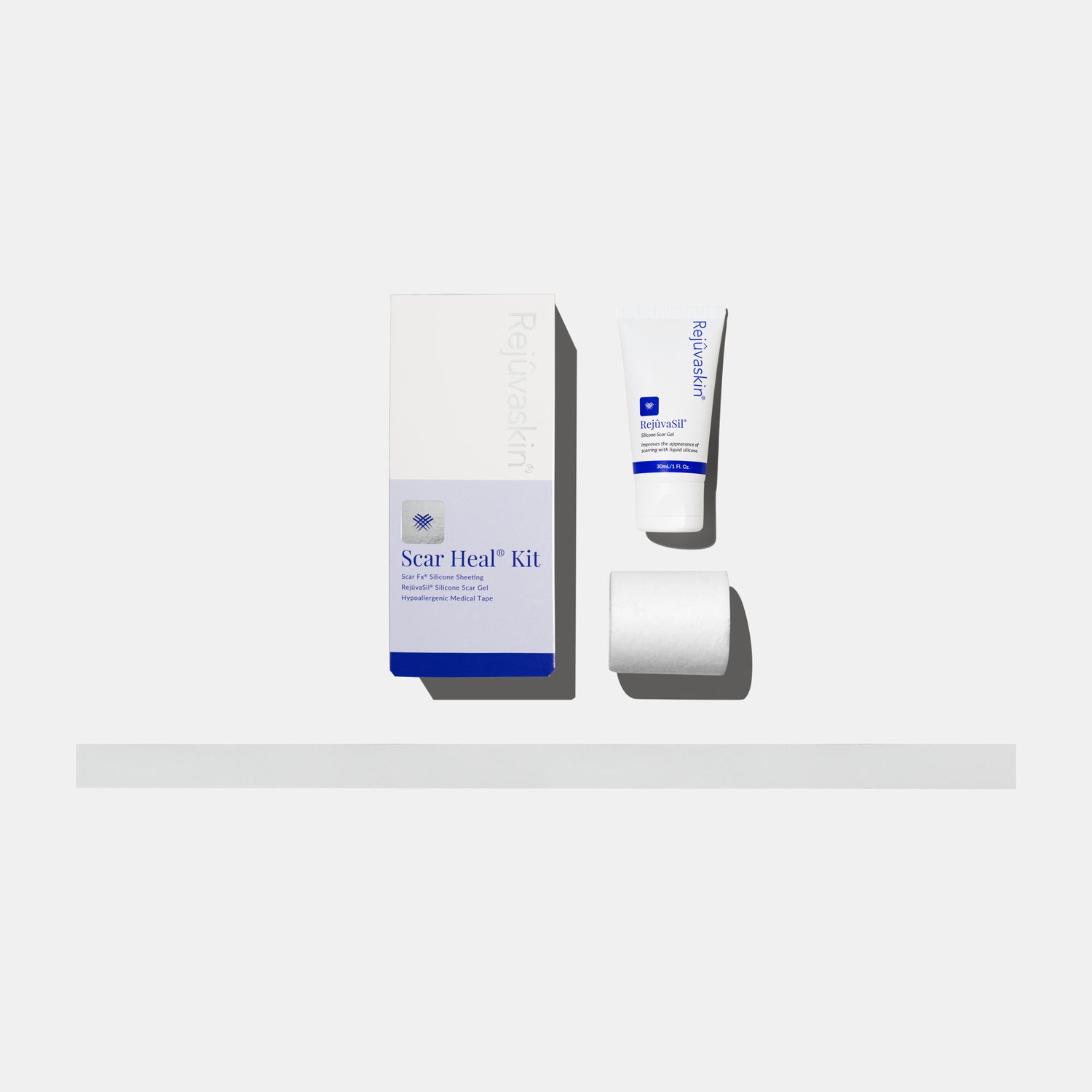


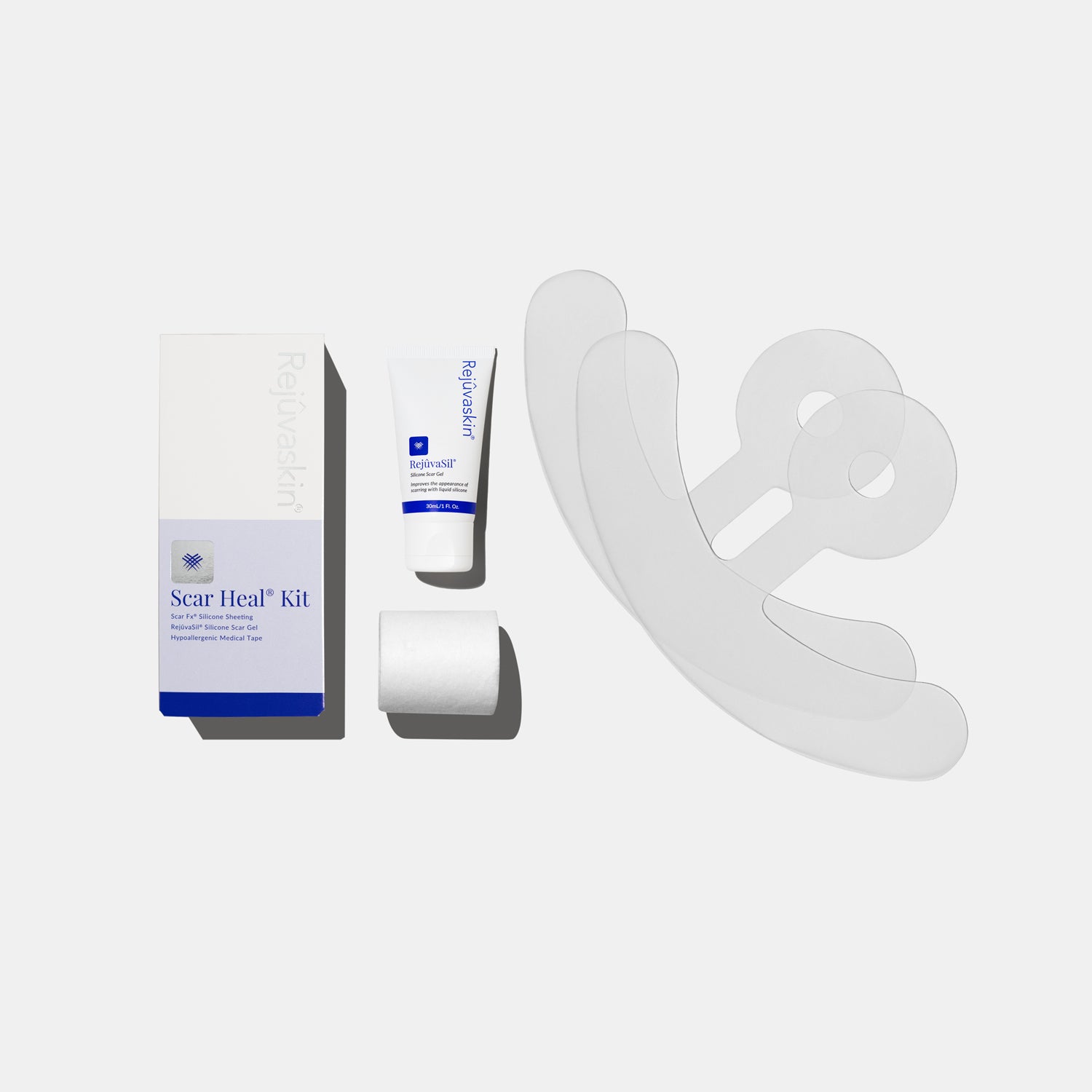
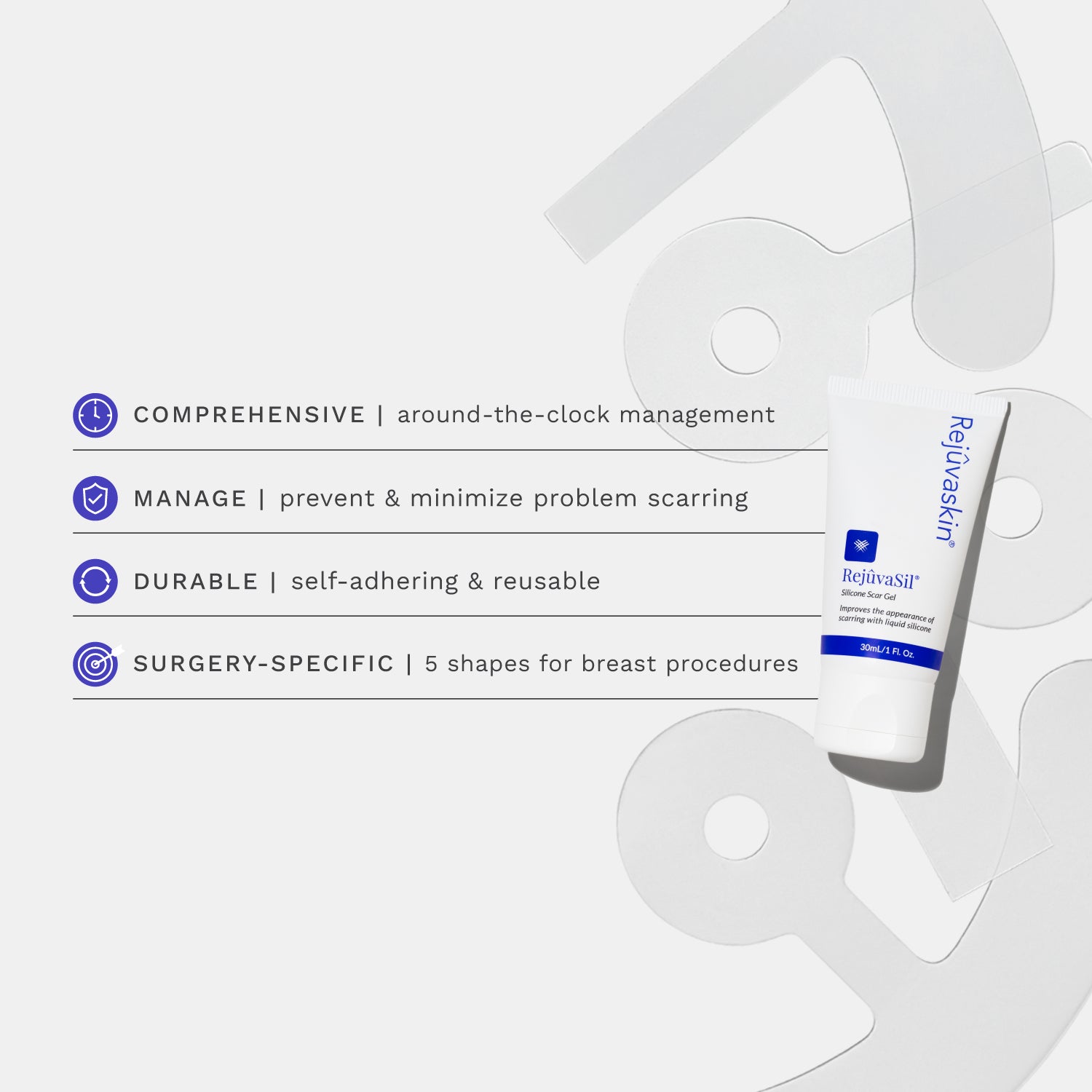
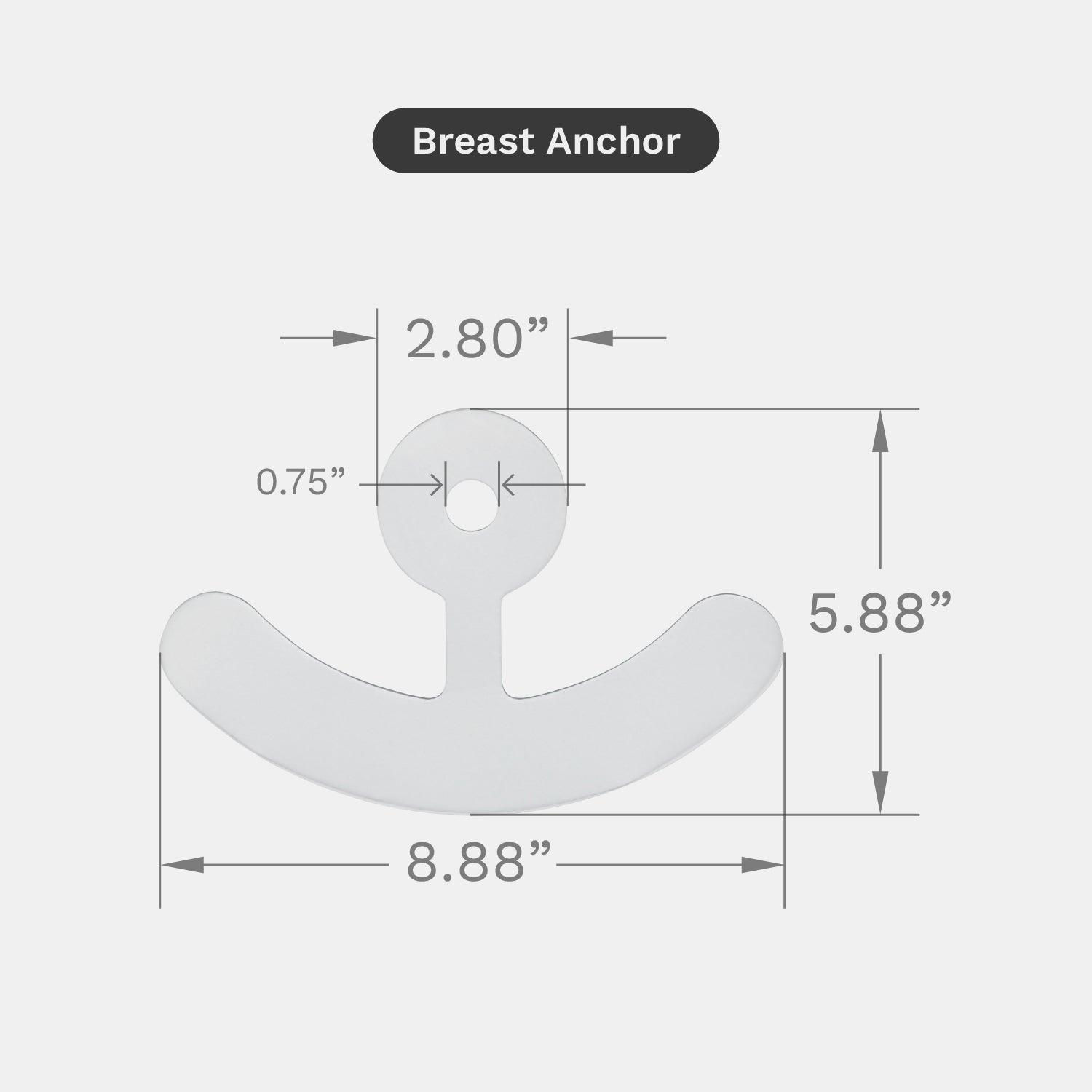
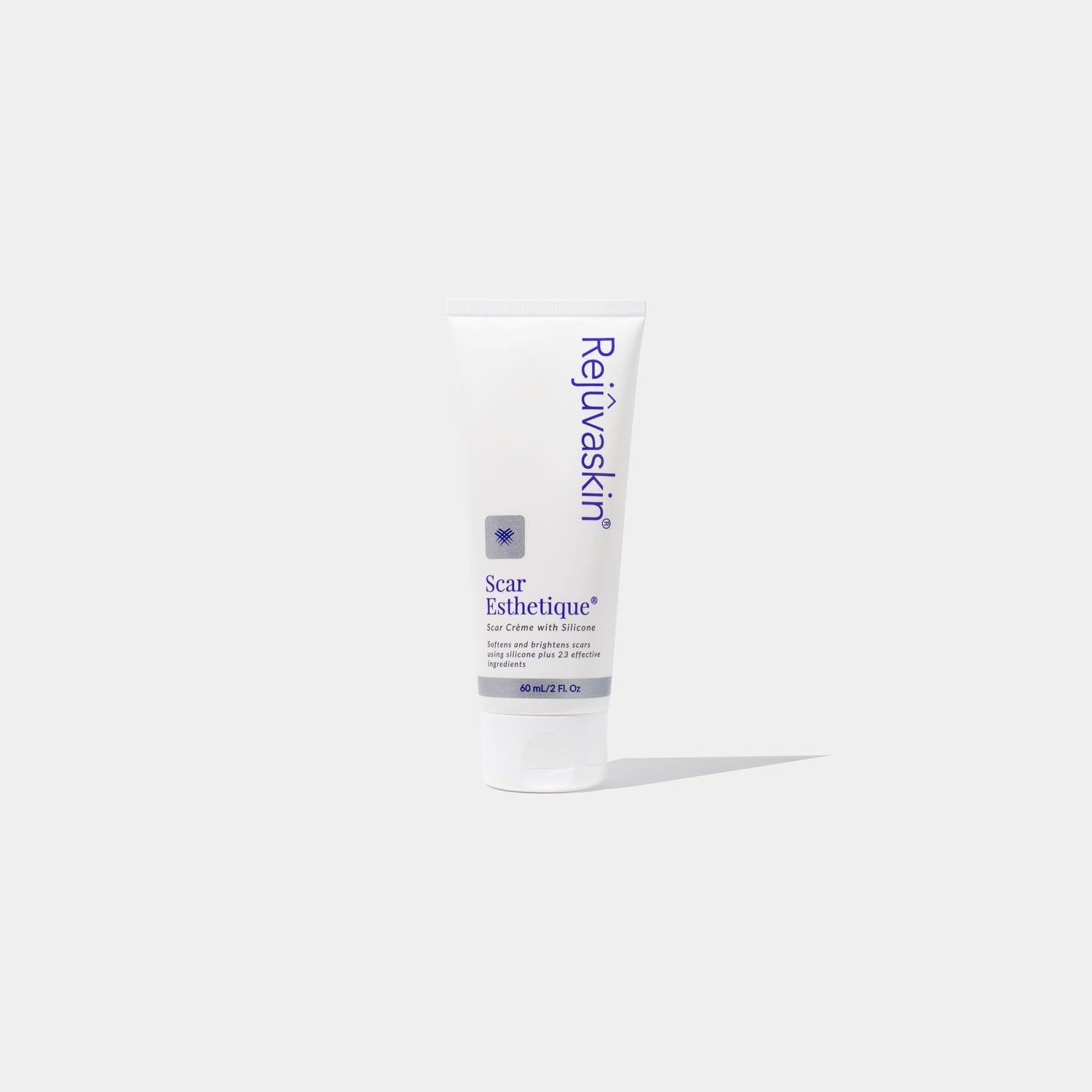
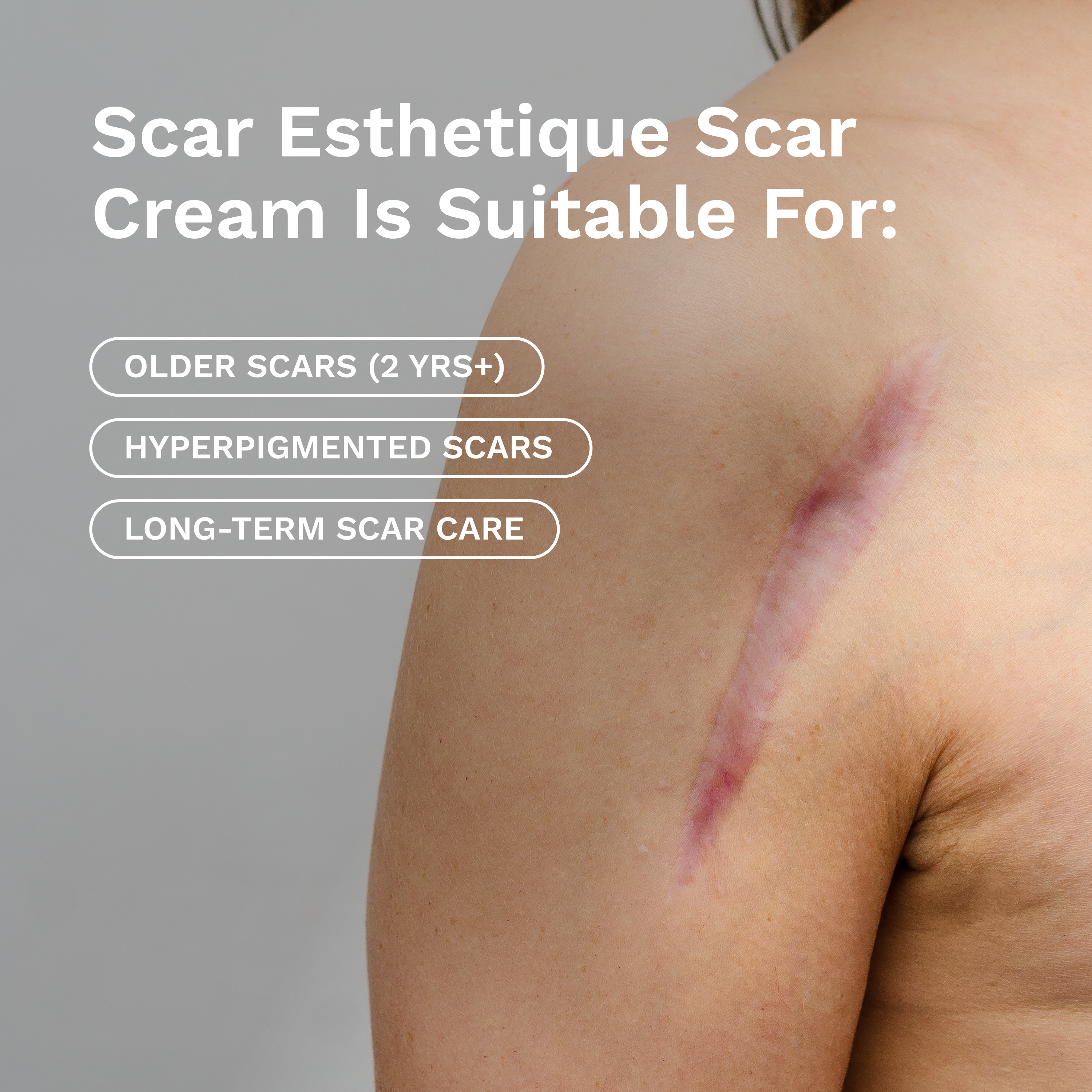








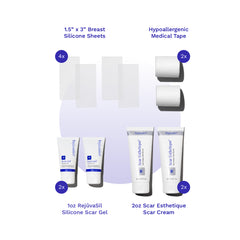
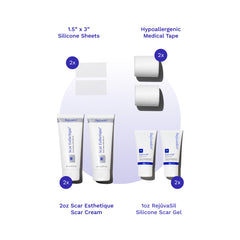

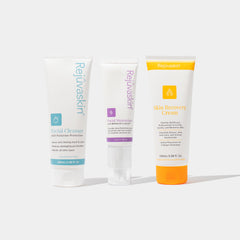
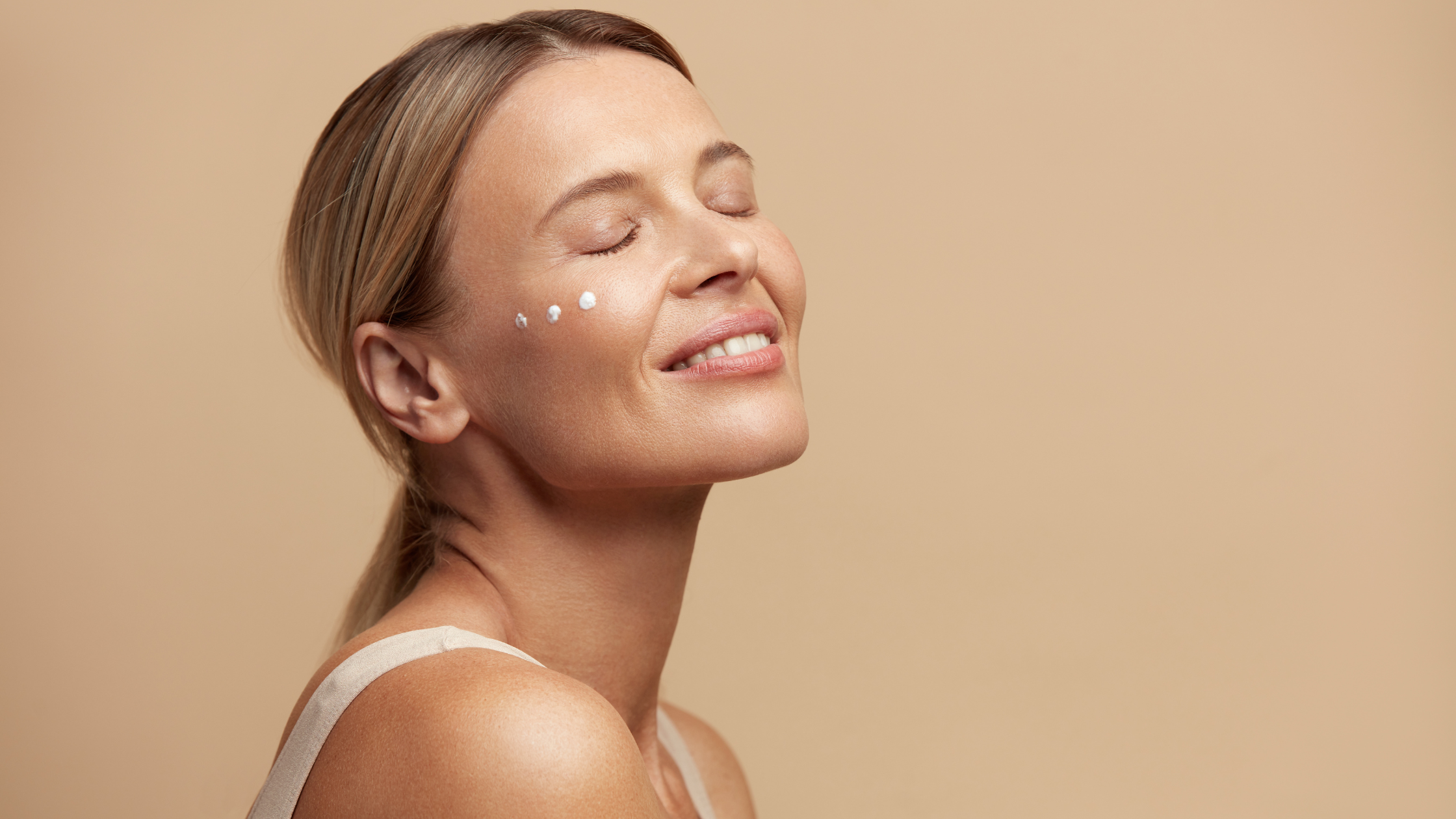
Leave a comment